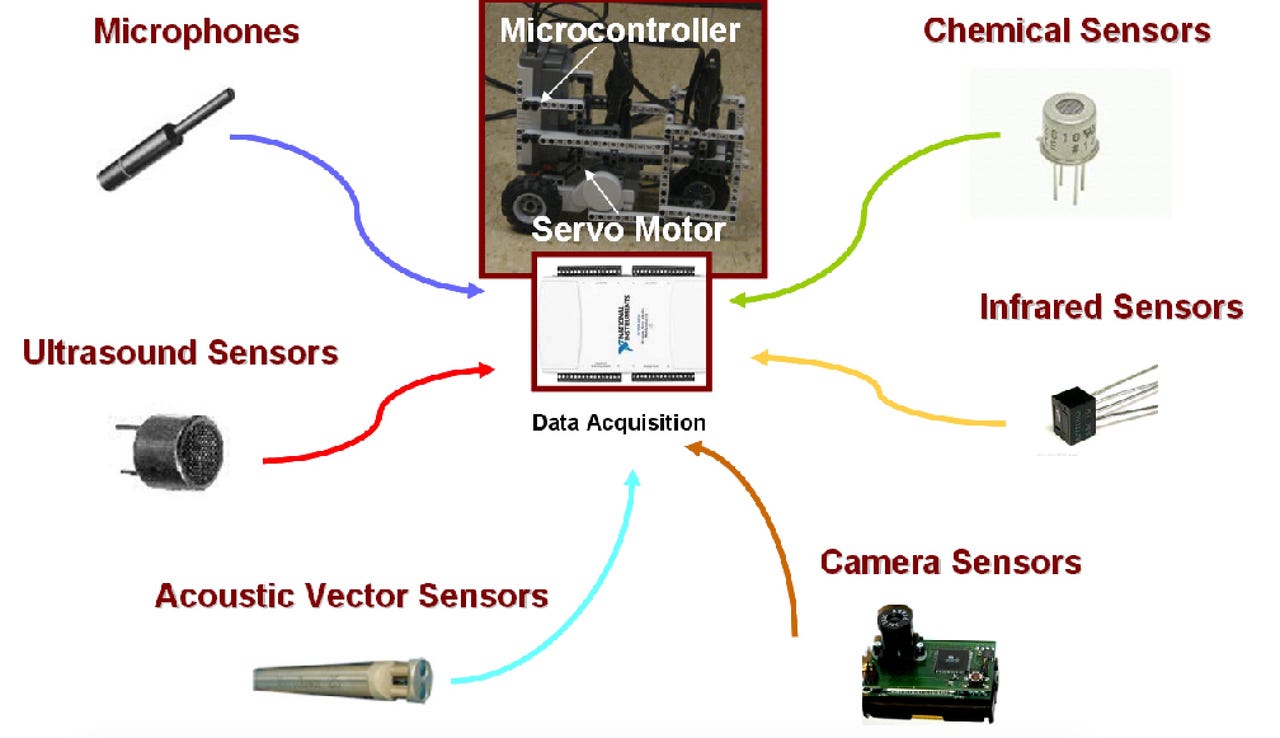Understanding the Foundations: Basics of Electronics Pt2
Welcome back to the blog on the electrifying world of robotics! In this part of Basic Electronics for Robotics, we will further explore the fascinating world of electronic components and some fundamental concepts that you should know!
First up are the laws by Kirchoff, it is a fundamental principle that helps us understand current and voltage, it shows how electric currents behave in a circuit. It might sound intimidating, but in this article, I will walk you through each and every concept in detail. I hope that by the end of this, you will understand the fundamentals.
Kirchoff's Current Law - the law states that the current entering a junction in a circuit should be equal to the total current leaving the junction. It reinforces the principle of conservation of electric charge within a circuit. It helps us understand how currents behave at junctions in electrical circuits, which can help us design advanced robotic systems
Kirchoff's Voltage Law - it states that in any closed loop in a circuit, the sum of the voltage rises should be equal to the sum of voltage drops. Essentialy it means that the total energy supplied must be equal to the total energy used in a loop.
Next, let's discuss an essential aspect of robotics - sensors. These devices are AMAZING and act as the eyes and ears of our robots, allowing them to undertand their surroundings. From temperature sensors that feel the heat of a room to motion detectors that sense movement, sensors give so much more functionality to robots.
BUT, it doesn't end there. There are so many sensors that can be fitted into a robot or a device, one such example is a sensor called accelerometer which is fitted in most phones and some laptops which detects a change in orientation. Proximity sensors are the reason why cars beep when a car reverses. The world of sensors is vast and really exciting!
What's the point of a sensor if we can't use the information it provides us to use? That's the role of a motor. There are different types of motors such as DC motors, Servo motors and Stepper motors which allow us to design and make robots which are capable of motion and precise actions.
In the upcoming blogs, more on these components and more on the exciting world of robotics will be covered!!!
Written by - Srujhan Kandula, email - ksrujhan@gmail.com
First up are the laws by Kirchoff, it is a fundamental principle that helps us understand current and voltage, it shows how electric currents behave in a circuit. It might sound intimidating, but in this article, I will walk you through each and every concept in detail. I hope that by the end of this, you will understand the fundamentals.
Kirchoff's Current Law - the law states that the current entering a junction in a circuit should be equal to the total current leaving the junction. It reinforces the principle of conservation of electric charge within a circuit. It helps us understand how currents behave at junctions in electrical circuits, which can help us design advanced robotic systems
Kirchoff's Voltage Law - it states that in any closed loop in a circuit, the sum of the voltage rises should be equal to the sum of voltage drops. Essentialy it means that the total energy supplied must be equal to the total energy used in a loop.
Next, let's discuss an essential aspect of robotics - sensors. These devices are AMAZING and act as the eyes and ears of our robots, allowing them to undertand their surroundings. From temperature sensors that feel the heat of a room to motion detectors that sense movement, sensors give so much more functionality to robots.
BUT, it doesn't end there. There are so many sensors that can be fitted into a robot or a device, one such example is a sensor called accelerometer which is fitted in most phones and some laptops which detects a change in orientation. Proximity sensors are the reason why cars beep when a car reverses. The world of sensors is vast and really exciting!
What's the point of a sensor if we can't use the information it provides us to use? That's the role of a motor. There are different types of motors such as DC motors, Servo motors and Stepper motors which allow us to design and make robots which are capable of motion and precise actions.
In the upcoming blogs, more on these components and more on the exciting world of robotics will be covered!!!
Written by - Srujhan Kandula, email - ksrujhan@gmail.com

Comments
Post a Comment